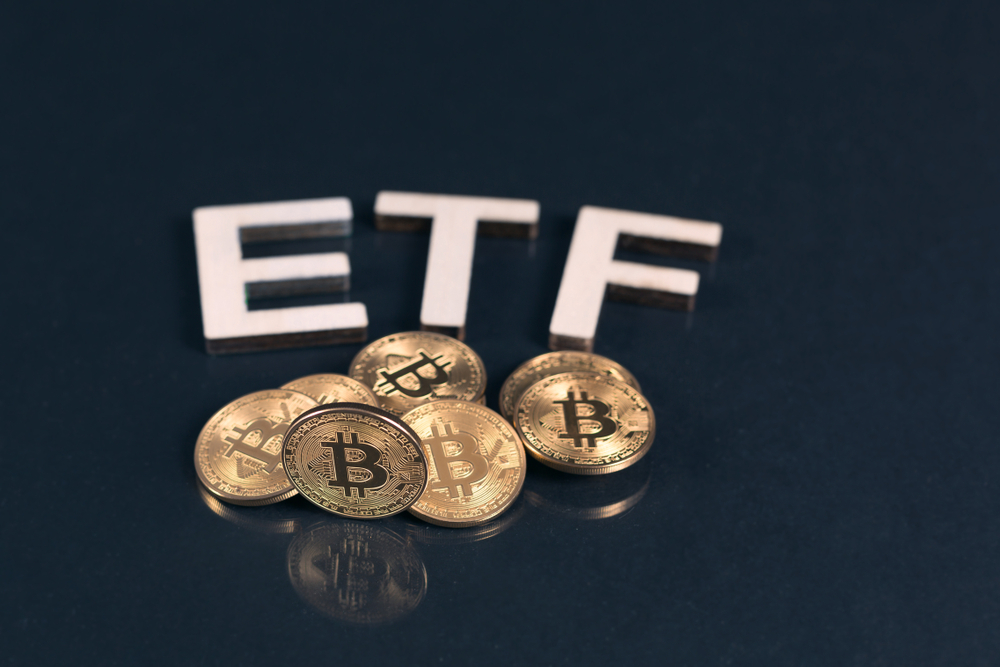Index funds and ETFs emerge as powerful instruments in this realm, offering investors a simplified pathway to diversified exposure across various crypto assets.
Embracing such tools not only demystifies the complexities of the crypto market but also unlocks a strategy for financial growth that aligns with the time-honored pursuit of financial independence.
The essence of passive income lies in its capacity to offer a sustained source of earnings, a contrast to the demands of active income, which hinges on continuous effort.
The allure of passive income through crypto investments lies in its promise of growing one’s wealth while sidestepping the need for constant, direct engagement with the market’s volatility.
Passive Income Investing
Traditionally, passive income investing has been synonymous with index funds and exchange-traded funds (ETFs) within the conventional financial markets.
These funds are renowned for their approach of mirroring the performance of a benchmark market index, with index funds being passively managed and ETFs boasting the added advantage of stock-like tradability on exchanges.
These vehicles extend several advantages to the passive income investor: immediate diversification, reduced individual security risk, and the frugality of low expense ratios—all essential for nurturing long-term investment strategies. Additionally, they offer pathways to dividend earnings and capital appreciation, laying down the building blocks for accumulating wealth gradually.
The Crypto Index Funds and ETFs
In the crypto domain, index funds aim to emulate the performance of a designated cryptocurrency index, providing a diversified portfolio within this specialized market. Crypto ETFs echo this concept but are distinguished by their exchange-tradable nature, offering the flexibility of intra-day trading akin to conventional stocks.
By integrating crypto index funds and ETFs into their investment portfolios, investors can forge a passive income stream poised for growth. The crux of successful investment in this space pivots on selecting funds that resonate with one’s investment horizon, risk appetite, and financial objectives.
Similarities and Differences Between Crypto Index Funds and Crypto ETFs
The world of cryptocurrency investment brims with opportunities, and two of the most prominent avenues are crypto index funds and ETFs. While both offer a slice of the crypto pie, their operational dynamics differ significantly.
Similarities
Diversified Exposure: Both index funds and ETFs provide a spread of investments across various cryptocurrencies, which mitigates risk by not putting all eggs in one basket.
Passive Management: These funds typically follow a passive investment strategy, tracking the performance of a crypto index.
Market Access: They grant investors entry into the crypto market without the need to invest in individual cryptocurrencies directly.
Differences
Trading Flexibility: ETFs trade on exchanges with prices fluctuating throughout the day, akin to individual cryptocurrencies. In contrast, index funds are transacted directly with the fund provider and are priced once at the end of each trading day.
Expense Ratios: ETFs often boast lower expense ratios compared to index funds, which can impact the overall returns over time.
Investment Minimums: Index funds may require a minimum investment amount, whereas ETFs can be bought in increments of a single share, offering more flexibility.
Strategies for Generating Passive Income with Crypto Index Funds and ETFs
1. Dividend-Paying Crypto Index Funds
Invest in index funds and ETFs that allocate part of their portfolio to dividend-paying cryptocurrencies or those that offer staking rewards. Such investments could result in regular income through distributions.
2. Staking and Yield Farming
Look for funds that participate in staking or yield farming, activities that involve locking in cryptocurrencies or providing liquidity to earn rewards. By investing in these funds, you can earn a share of the staking rewards or yield farming returns.
3. Tokenized Real Estate Funds
These innovative funds combine real estate investment with cryptocurrency, offering investors income from property appreciation and rental yields in a tokenized format.
4. Lending and Borrowing
Some funds engage in crypto lending, earning interest payments from the borrowers. Investing in such funds allows you to benefit from the interest income they generate.
5. Rebalancing and Portfolio Growth
Passive funds rebalance periodically to align with their benchmark index. This strategy can lead to the sale of outperforming assets and purchase of underperforming ones, potentially leading to capital gains over time.
6. Fractional Shares and Dollar-Cost Averaging
Utilize strategies like investing in fractional shares and dollar-cost averaging to build a position in index funds or ETFs. This method helps in reducing market timing risks and can lead to a steady growth of your investment over the long term.
Risks to Consider
Market Volatility: Crypto markets are notoriously volatile, which can significantly impact the value of crypto index funds and ETFs.
Regulatory Changes: The evolving regulatory landscape can introduce risks; staying informed and compliant is crucial.
Counterparty Risks: When funds rely on third parties for management or custody, there’s an inherent risk, which emphasizes the importance of selecting reputable funds.
Liquidity Risks: Be mindful of the trading volume of the fund to ensure you can enter and exit positions with ease.
Conclusion
In essence, generating passive income with crypto index funds and ETFs involves careful selection of funds, understanding of the strategies they employ, and awareness of the associated risks. With prudent selection and risk management, these investment vehicles can be powerful tools for building passive income streams in the crypto space.
